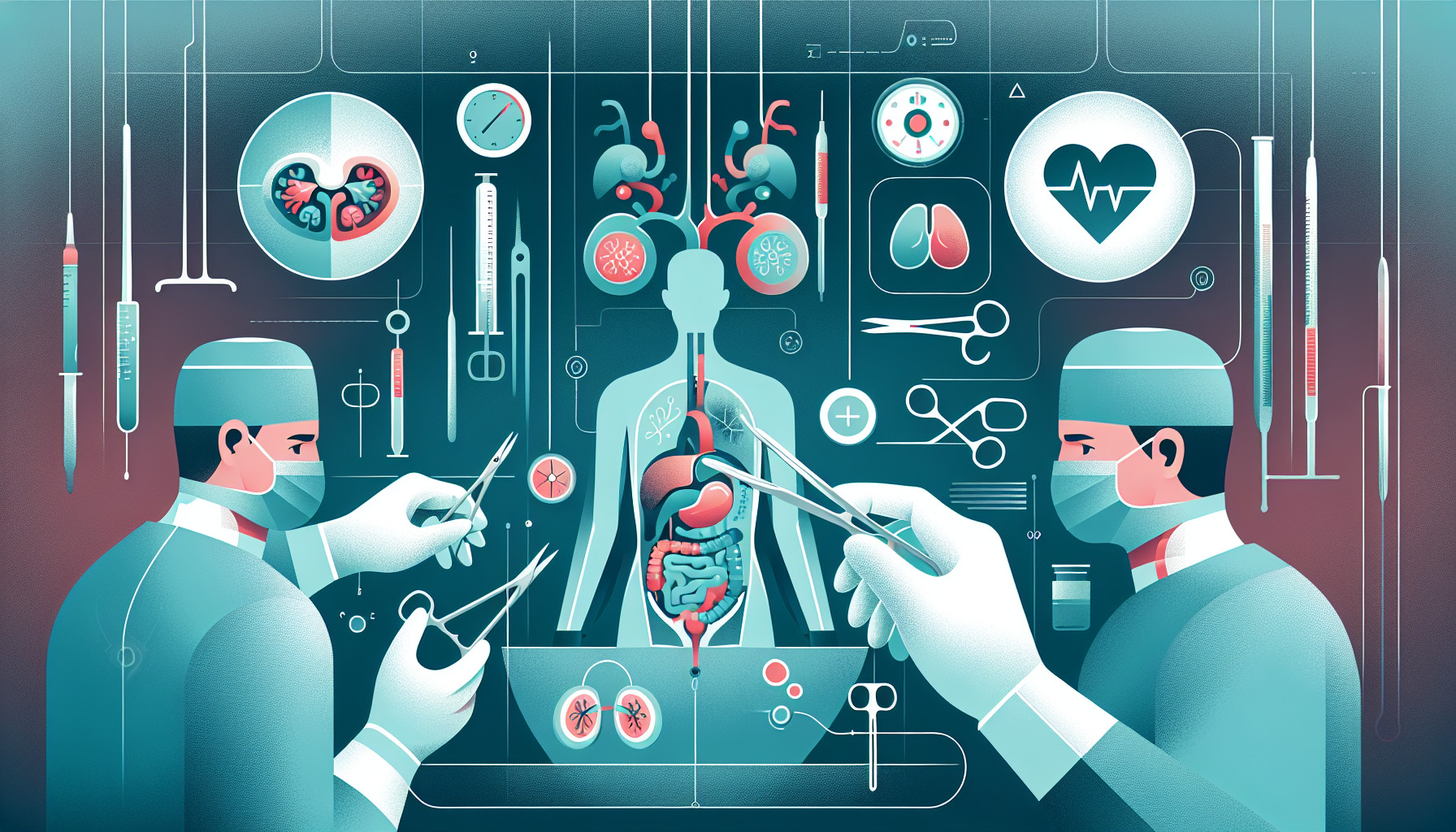Our Summary
This research paper details the process and results of implementing a 24-step recovery pathway for children undergoing bladder reconstruction surgery at a specific children’s hospital. This recovery pathway, known as an Enhanced Recovery Pathway (ERP), has been proven to safely and effectively speed up the recovery process, but hasn’t been widely adopted in pediatric urology yet.
The hospital held multiple meetings with healthcare professionals experienced with ERPs, as well as anesthesiologists, nurses, case managers, and other staff to understand potential challenges and develop a plan specifically for their hospital. They also created a standardized set of orders to make sure the plan was followed correctly.
The ERP was implemented with 20 patients and compared with 20 patients who had the same surgery before the ERP was in place. They found that after the ERP was implemented, the average stay in the hospital after surgery decreased from 9 days to 4 days. They also found that no significant increase in complication rates, readmission rates, or unplanned return to the operating room within 30 days after surgery.
The implementation of the ERP was a success at this hospital, but it required commitment from a variety of healthcare professionals. The researchers note that their results are specific to their hospital and might not apply everywhere. However, they believe their experience can provide valuable insight for other hospitals interested in implementing their own ERPs.
FAQs
- What is an Enhanced Recovery Pathway (ERP) and how does it aid in the recovery process of pediatric urology patients?
- What were the results of implementing the ERP in a specific children’s hospital and how did it compare to the traditional method?
- What challenges might other hospitals face when attempting to implement their own Enhanced Recovery Pathways for pediatric urologic reconstruction?
Doctor’s Tip
One tip a doctor might give a patient about pediatric urologic reconstruction is to ask about the possibility of implementing an Enhanced Recovery Pathway (ERP) at the hospital where the surgery will take place. This pathway has been shown to significantly reduce hospital stays and improve recovery outcomes for children undergoing bladder reconstruction surgery. By advocating for the use of an ERP, patients can potentially experience a faster and smoother recovery process.
Suitable For
Patients who are typically recommended pediatric urologic reconstruction are those with congenital anomalies of the genitourinary tract, such as bladder exstrophy, cloacal exstrophy, bladder diverticula, ureteropelvic junction obstruction, posterior urethral valves, vesicoureteral reflux, and hypospadias. These conditions may require surgical intervention to improve function and quality of life. Additionally, patients with traumatic injuries to the genitourinary tract or complications from previous surgeries may also benefit from pediatric urologic reconstruction.
Timeline
Before pediatric urologic reconstruction:
- Patient is diagnosed with a urologic condition that requires surgical intervention
- Consultation with pediatric urologist to discuss treatment options and surgical plan
- Pre-operative testing and preparation, including blood work, imaging studies, and medical clearance
- Admission to the hospital for surgery
- Surgery to reconstruct the bladder or other urologic structures
- Post-operative recovery in the hospital, including pain management and monitoring for complications
After pediatric urologic reconstruction:
- Implementation of Enhanced Recovery Pathway (ERP) to optimize recovery process
- Early mobilization, pain management, and nutrition support as part of ERP
- Shortened hospital stay compared to traditional recovery protocols
- Monitoring for complications and follow-up care after discharge
- Gradual return to normal activities and long-term follow-up with pediatric urologist
Overall, the implementation of an ERP in pediatric urologic reconstruction can lead to faster recovery times and improved outcomes for patients, as shown in the research paper discussed above.
What to Ask Your Doctor
Some questions a patient should ask their doctor about pediatric urologic reconstruction, specifically in relation to the implementation of an Enhanced Recovery Pathway (ERP) could include:
- What is the Enhanced Recovery Pathway (ERP) and how does it differ from traditional recovery methods for pediatric urologic reconstruction surgery?
- How has the implementation of the ERP impacted the recovery process for children undergoing bladder reconstruction surgery at this hospital?
- What specific steps are included in the ERP for pediatric urologic reconstruction surgery?
- Are there any potential risks or complications associated with following the ERP for pediatric urologic reconstruction surgery?
- How does the ERP affect the length of hospital stay and overall recovery time for pediatric patients undergoing bladder reconstruction surgery?
- How does the ERP impact pain management and post-operative care for pediatric patients undergoing urologic reconstruction surgery?
- What type of multidisciplinary team is involved in implementing and following the ERP for pediatric urologic reconstruction surgery?
- Are there any specific guidelines or protocols that need to be followed by patients and their families during the recovery process with the ERP?
- How does the hospital ensure that the ERP is consistently followed for all pediatric patients undergoing urologic reconstruction surgery?
- Are there any long-term benefits or outcomes associated with following the ERP for pediatric urologic reconstruction surgery?
Reference
Authors: Chan YY, Chu DI, Hirsch J, Kim S, Rosoklija I, Studer A, Brockel MA, Cheng EY, Raval MV, Burjek NE, Rove KO, Yerkes EB. Journal: J Pediatr Urol. 2021 Dec;17(6):782-789. doi: 10.1016/j.jpurol.2021.08.023. Epub 2021 Sep 4. PMID: 34521600
